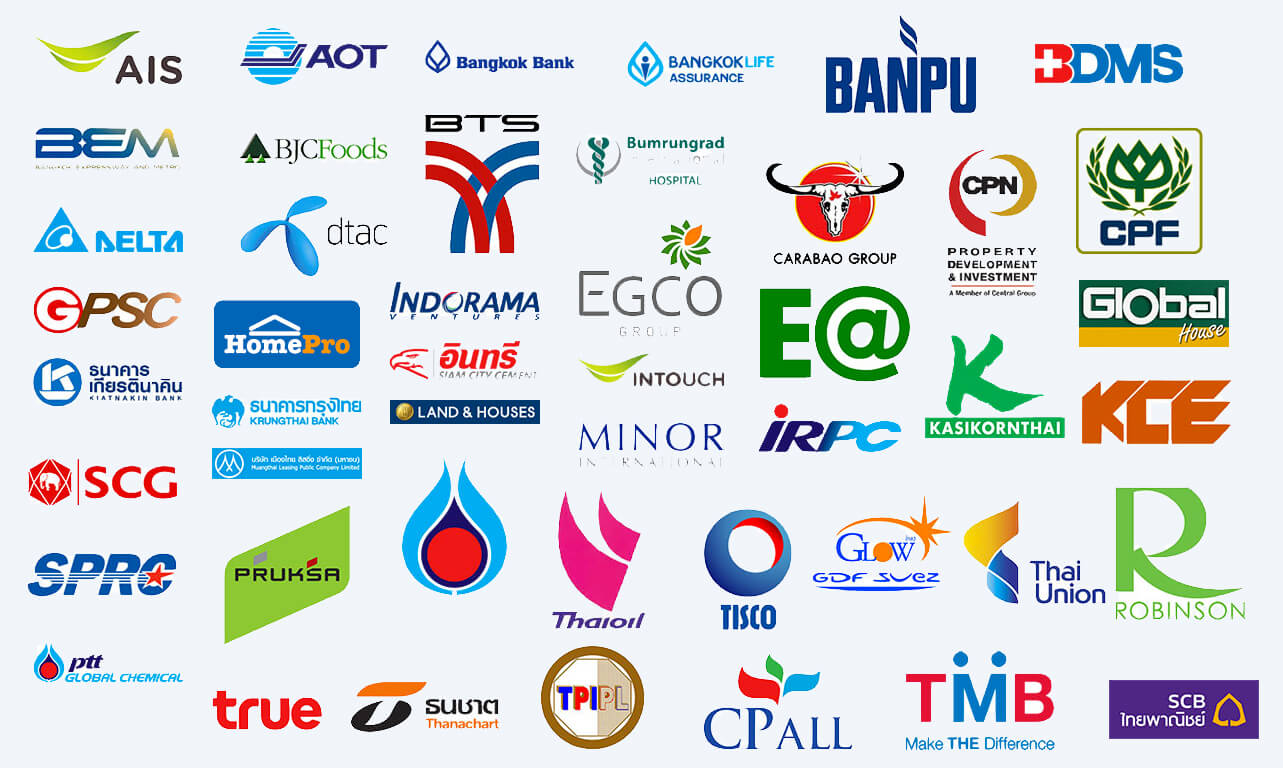Home › Intellectual property › Trademark
Learn more about Trademark Registration
Registering a trademark offers legal protection against counterfeiting and infringement of your intellectual property. A registered trademark greatly enhances your ability to enforce your rights. Brands can be registered in Thailand and are governed by the Trademark Act BE 2534. In order to own a mark and benefit from legal protection, it is necessary to register your mark with the relevant Thai authority, namely the Department of Intellectual Property (DIP). A trademark is a distinctive sign that identifies the origin of a product or service. It can be a word, a name, a slogan, a logo, a design or even a combination of these elements. It is an intellectual property right which can have a high economic value for its owner.
Table of contents
-
Why register your trademark in Thailand?
-
What trademarks can be registered?
-
Is it important to protect your trademark?
-
5 steps to register a trademark in Thailand
-
How long to register a trademark?
-
How long is a trademark protected?
-
How to renew a trademark registration?
-
How to protect your trademark internationally?
-
What to do if the registration is refused?
-
What are the administrative costs?
Why register your trademark in Thailand?
The interest in registering a trademark is first and foremost to establish effective protection in Thailand or internationally. A sign or name that the owner does not register will not have the same status as the registered trademark and may be taken over by another competitor. There are two main interests in registering a mark:
1. Prohibit third parties from using the registered trademark
Trademark registration allows its owner to protect his brand against use by competitors. Third parties cannot use a sign (name, logo, designs, etc.) identical or similar to the mark in the same field of activity. This protection protects the investments made in launching a product or service. It guarantees the trademark owner that no other similar product or service can bear a similar name. Thus, it will be forbidden to market a product or service that is confusing with the registered sign.
2. The use of the brand by contract
The other advantage of trademark registration is that you can exploit the brand by entering into contracts. This may be a licensing agreement or an assignment agreement. In all cases, in exchange for the rights granted to the trademark, the owner will receive royalties. These royalties can generate substantial income from the exploitation of a registered mark.
In 2020, an expected 13.4 million trademark applications were filed worldwide, covering 17.2 million classes. In 2020, the number of classes stated in applications increased by 13.7 percent, representing the eleventh consecutive year of growth. During the COVID-19 epidemic, several countries throughout the world experienced a significant drop in economic activity. Trademark filing activity, on the other hand, increased significantly in 16 of the top 20 offices. In fact, 11 offices grew by double digits in 2020, with growth rates ranging from 12.2 percent in Germany to 44.3 percent in Indonesia. The majority of the time, the increase in resident filings was the driving force behind the overall increase.
With a class count of about 9.3 million, China’s IP office had the highest level of filing activity[1], followed by the USPTO (870,306), the Islamic Republic of Iran (541,750), the European Union Intellectual Property Office (EUIPO) (438,511), and India’s IP office (424,583). In terms of trademark filing activity, India’s office has surpassed Japan to become the fifth largest.
In 2020, Asia-based trademark filing offices accounted for 71.8 percent of all trademark filing activity, up from 41.3 percent in 2010. From 34.1 percent in 2010 to 14.7 percent in 2020, Europe’s share has decreased. In 2020, North America accounted for 5.9% of global office space, while Africa, Latin America and the Caribbean, and Oceania combined accounted for 7.7% of global office space.
The robust growth in trademark applications in items and services linked to advertising and business management; medicines; surgical, medical, and dental goods is driving the substantial growth in global trademark filing activity. Pharmaceutical filings climbed from 4.1 percent in 2019 to 4.6 percent in 2020, while surgical, medical, and dental goods filings increased from 1.5 percent to 2.3 percent.
In many nations, these patterns were reflected at the national level, with huge increases in trademark filing activity. For example, resident submissions in pharmaceuticals drove India’s 15.4 percent increase in trademark activity. Local pharmaceuticals, meanwhile, were the third-largest contribution to a 19.1 percent total growth in Iran, trailing only advertising, business management, and transportation.
In 2020, there were an anticipated 64.4 million active trademark registrations worldwide, up 11.2 percent from the previous year, with 30.2 million in China alone, 2.6 million in the United States, and 2.4 million in India.
What trademarks can be registered?
Under Thai law, three criteria must be met in order to register your trademark:
1. A trademark must be distinctive
A trademark with one or more of the following characteristics may be considered distinctive in Thailand:
| ➤ A combination of colors, symbols, letters, numbers or invented words |
| ➤ A name of a natural or legal person or even a commercial name |
| ➤ A word which no reference is made to the products |
| ➤ A representation of the applicant or another person |
| ➤ An invention or innovation |







